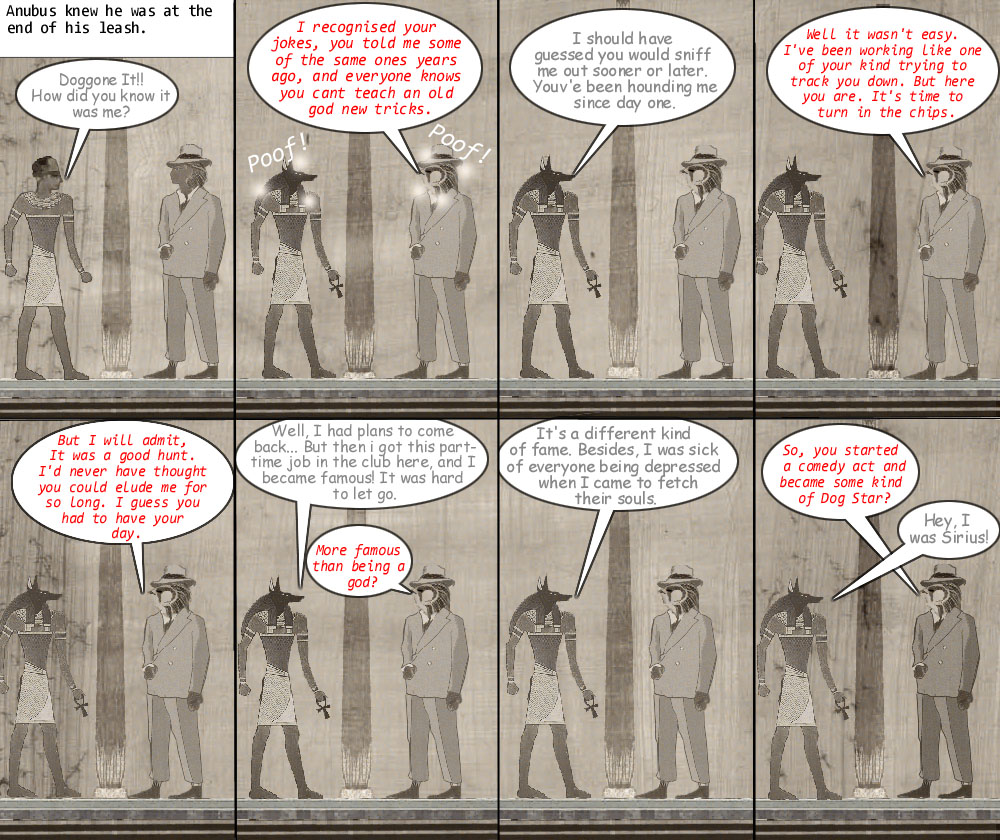Rituals and Offerings 0121
Notably, the first domestication of dogs from wolfs occurred in Persia, North America and possibly Northeast Africa. The earliest reference to dogs in Egypt comes to us from the predynastic period. Bones of domesticated dogs have been discovered dating to the fifth millennium BC in Egypt, and we find the first representation of domesticated dogs on the Moscow cup from the Badarian age (4000-4500 BC). We begin to find natural representations of dogs with collars on the Asmolean Palette and the Hunting Palette. These palettes date from the predynastic era during the Naqada II (3500-3000 BC). But we find many more domesticated dogs in murals starting in the Old Kingdom.
We even know many ancient Egyptian dog's names from leather collars as well as stelae and reliefs. They included names such as Brave One, Reliable, Good Herdsman, North-Wind, Antelope and even “Useless”. Other names come from the dogs color, such as Blacky, while still other dogs were given numbers for names, such as “the Fifth”. Many of the names seem to represent endearment, while others convey merely the dogs abilities or capabilities. However, even as in modern times, there could be negative connotations to dogs due to their nature as servants of man. Some texts include references to prisoners as “the king's dogs”.
Anubis is often referred to as the jackal headed god, but Egyptians seem to have identified other dogs with this god, and at times domestic dogs were buried as sacred animals in the Anubieion catacombs at Saqqara.
http://www.touregypt.net/featurestories/dogs.htm
